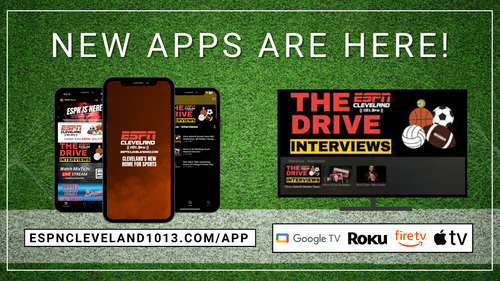NASCAR Community Mourns as Former Champion Greg Biffle and Family Killed in North Carolina Plane Crash
December 19th, 2025
Bradley Central Band and Colorguard Shine at Volunteer Classic Competition
October 21st, 2025
Bradley County Schools Implement Clear Bag Policy for Athletic Events
September 24th, 2025
Rhea Co. High coach arrested for public intoxication after being banned from school property
September 24th, 2025
Alabama Football’s Annual Opponents, 2026-29 Foes Released on Tuesday
September 24th, 2025








